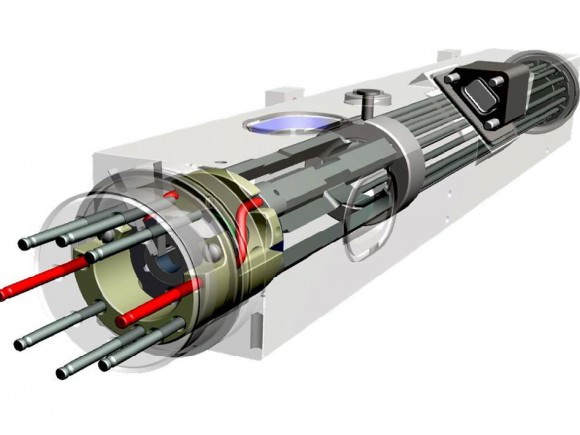

| Visitors Now: | |
| Total Visits: | |
| Total Stories: |

| Story Views | |
| Now: | |
| Last Hour: | |
| Last 24 Hours: | |
| Total: | |
Deep Space Atomic Clock Mission Will Improve Navigation Technology

A computer-aided design, or CAD, drawing of the linear ion trap of the clock — the “heart” of the Deep Space Atomic Clock's physics package — is slightly smaller than two rolls of quarters laid side by side. The DSAC project is a small, low-mass atomic clock based on mercury-ion trap technology that will be demonstrated in space, providing unprecedented stability needed for next-generation deep space navigation and radio science. Image credit: NASA/JPL
Precise radio navigation — using radio frequencies to determine position — is vital to the success of all deep-space exploration missions. To improve navigation technology, a small demonstration mission called the Deep Space Atomic Clock (DSAC) will fly as part of a future NASA mission in order to validate a miniaturized, ultra-precise mercury-ion atomic clock that is 100 times more stable than today’s best navigation clocks.
(…)
Read the rest of Deep Space Atomic Clock Mission Will Improve Navigation Technology (672 words)
© nancy for Universe Today, 2012. | Permalink | No comment |
Post tags:
Feed enhanced by Better Feed from Ozh
Source:


